Take the next step for your merchant success and move beyond one eCommerce sales channel via multichannel retailing. It’s more straightforward than you might think.
Once you’ve designed your products and have a dedicated sales channel, you’ll need to generate more traffic to grow your revenue. Multichannel retail uses the power of multiple marketplaces and platforms to increase your store’s reach throughout any step in the customer journey.
We’ll dive into the process and advantages of multichannel retailing and the platforms you can consider co-opting into your business strategy.
What is Multichannel Retailing?

Multichannel retailing, or multichannel selling, is increasing your store’s traffic by integrating your products on more than one sales channel.
You can combine various channels to create a multichannel retail strategy. You can, for instance, have your domain site under an eCommerce platform like Shopify and a second store in an open marketplace like Etsy.
By selling on different sales channels – eCommerce storefronts and online marketplaces – you diversify your reach and meet customers where they’re most likely to purchase.
Multichannel retail has become a growing sales strategy in eCommerce, outperforming non-store and single-channel retail. This commerce practice is expected to grow by over 17% in 2023, but perhaps the most staggering percentage is that 45.6% of all eCommerce sales already come from multichannel retailers.
That’s almost half of all online purchases coming from multichannel stores.
If you’re sighing at the double effort of opening yet another store, don’t worry. With an established catalog and the help of Printify, you won’t have to start from scratch.
Starting a Multichannel Strategy
Multichannel selling will widen your customer reach and maximize sales. Since you’ll be offering the same catalog of products, multichannel retailing will mostly involve product integrations and management. If you’re a print on demand merchant, you have the convenience of automatic integrations, making the process even easier.
There are a few things to consider when starting a multi channel selling strategy.
Order Management
Maintaining two or more stores can get your wires crossed. Order management is tricky, but there are ways to combine all exchanges in one place. With the growth of multichannel retail, merchants can rely on multichannel order management systems (MOMs) that centralize the process.
The key to order management is limiting the repetitive work you’ll need for filling out and tracking orders across multiple channels. With print on demand platforms or external management software, your orders are tracked and serviced without losing productivity or creating unhappy buyers.
Customer Base
A single sales channel limits your customer base significantly. Modern eCommerce gives customers multiple paths of purchase. Some users may prefer marketplaces, others – established storefronts.
Multichannel retailing is all about selling to customers where they’re at. With more reach comes more traffic, which helps you estimate your audience’s interests and optimize marketing efforts for the future.
Using Multiple Platforms
Take the setup process into account. All channels are different, so getting used to a new system will take some time. Keeping track of sales and analytics can get overwhelming when you have multiple sources.
Double the inventory and product listings will make things more complex, but naturally, your efforts will give you a competitive advantage. With print on demand, this setup requires less effort since your items are managed automatically.
Customer Support
With multichannel retailing, it’s necessary to solidify a strong customer support network. Since you’ll have diversified store locations, customers might not know where to look for support or have to repeat their requests until their issue can be traced.
Buyers often communicate through email, but more often than not, a live chat option is the quickest and clearest solution. Whether it’s social messaging, chat, or even a phone call, it’s wise to expand your customer support just as you would a multichannel store.
Managing Your Budget
Multichannel selling will take an initial investment to set up. With additional subscription costs and marketplace fees, you will have to raise your budget accordingly.
Similarly, managing taxes can be difficult when you have to account for each channel separately. However, the increased traffic of a multichannel retailing strategy will pay more dividends.
Working with print on demand can minimize these difficulties. With Printify, you don’t have to worry about shipping and inventory since all your products are fulfilled automatically.
The same goes for integrating your catalog. Print on demand products can be created, filled out, and given descriptions all in one place and then integrated into multiple channels at once.
Make It Happen Today!
Online Marketplace or eCommerce Platform?
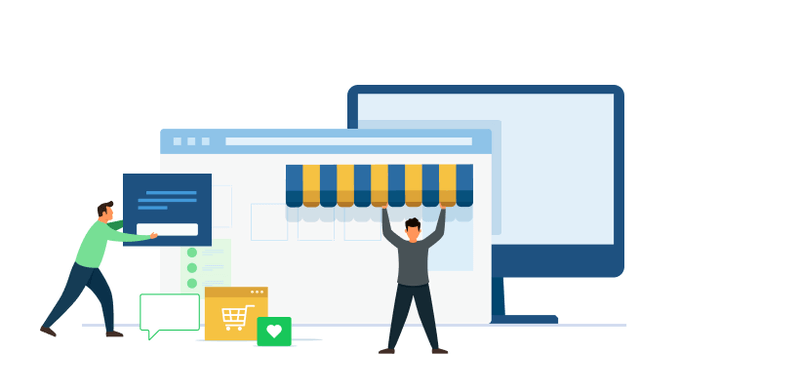
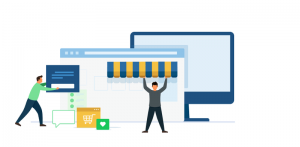
Depending on the type, retail channels have their strengths and weaknesses. Having both channel types minimizes the cons associated with each one, developing a better holistic customer experience.
Here are some of the pros and cons you should consider when integrating a store on an online marketplace or eCommerce platform.
Online marketplaces:
Online marketplaces are easier to set up and manage, but they lack more customization features than their storefront counterparts.
- Pros
An online marketplace has an established customer base. When you’re setting up a catalog of new products, putting them on a marketplace is a great way to see if your merchandise has staying power – whether enough people are looking for it.
In this way, an online marketplace can help you identify and target your niche faster and create optimized marketing. It’s a versatile way for you to branch out into new target demographics, producing products that might not be the main staple of your brand.
- Cons
Online marketplaces aren’t without setbacks, so you shouldn’t stick to a single marketplace or non-store retail channel.
Online marketplaces rely on competitive selling. Your products will have to compete with larger, more established brands, disadvantaging your growth.
If you have a creative passion for visuals and website layouts, you’ll have trouble accomplishing them in a marketplace. Most larger marketplaces don’t allow customization – logos, themes, color palettes, etc. They also limit marketing integrations and SEO tools.
eCommerce platforms:
Established storefronts need more time to set up, but you have the freedom to manage the layout and visuals and can rely on the support of maintenance tools and other features.
- Pros
On your eCommerce store, users will see your products separately. You can establish your brand better and be set apart from competitors.
You will also be able to personalize your interface, logos, and slogans to fit a distinct style that can build customer loyalty. eCommerce stores often offer digital marketing manager tools such as automated emails, SEO tools, and data trackers.
- Cons
The cons associated with an online store make adopting both a marketplace channel and eCommerce platform so useful.
eCommerce platforms don’t have an existing user base. Without a starting audience to reflect on, it can be difficult to find if your niche is profitable in the first place. This increases your effort to define your target demographic and create a successful marketing strategy.
Now that you know how multichannel retailing works, we’ll look into some options at your disposal.
Popular Marketplaces for Multichannel Selling
We’ll help you narrow the search by offering two marketplaces that combine well for multichannel retailers with an existing storefront. While the options are countless, this will help you know what to look for.
Marketplaces have an existing customer base that gives you the insight to define your niche more clearly and set yourself apart from competitors.
Etsy
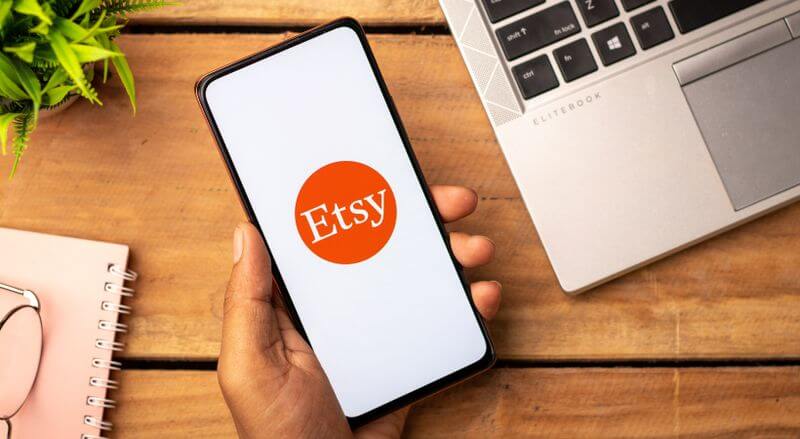

In the big moment of deciding on your first marketplace, Etsy’s got the tips and tricks for proven success. Just ask its top 1% seller Brittany Lewis.
Etsy has promotional opportunities and a strong customer base to start with. It’s one of the best platforms to promote on image-hosting sites like Pinterest and awards a lot of design creativity for small niches. The best part – Etsy is beginner-friendly but has a lot of staying power and depth for its 2.7 million sellers.
It has simple but powerful tools, including the Etsy mobile app, so you can manage products and listings on the go. Etsy is an excellent starter for complementing any other combined multichannel retail strategy.
eBay
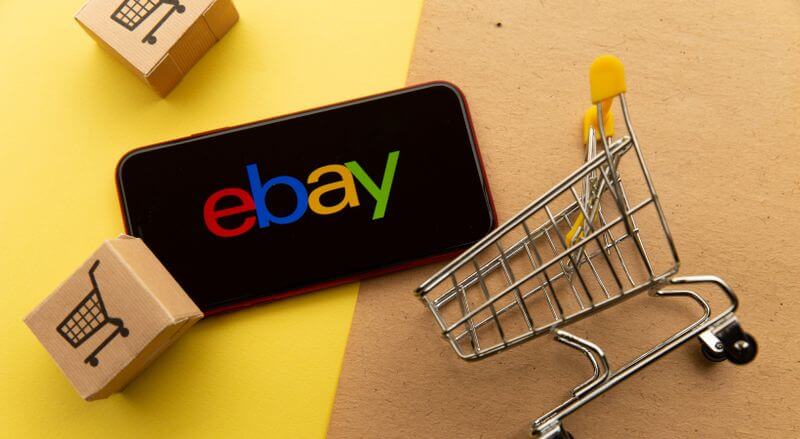
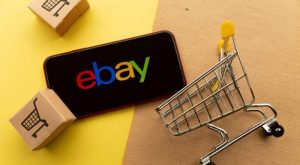
One of the largest eCommerce marketplaces to date, eBay is more reliable than ever. It’s no small feat considering the marketplace managed to stay on the top of global retail platforms since its humble beginnings in 1995. In 2021, eBay produced a net income of $13.6 billion.
eBay is a one-stop solution with one of the largest recurring customer bases. Its popularity with consumers makes the decision to start an eBay dropshipping business that much greater.
With a huge competition among sellers, it might be daunting to know where to start, but making money on eBay has proven successful if you know where to put the effort.
Popular eCommerce Platforms for Multichannel Selling
Once you’ve decided on your preferred marketplace or already have one set up, designing your storefront will help you establish your brand, define your sales strategy, and generate customer loyalty.
Shopify
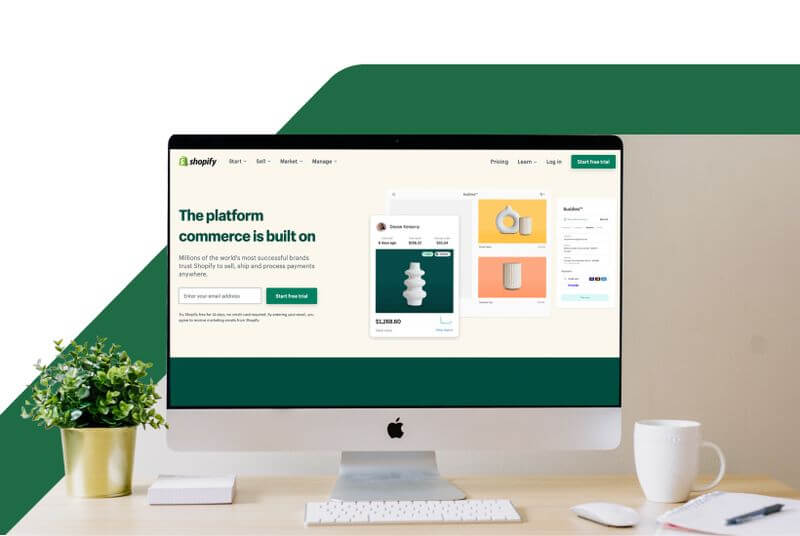
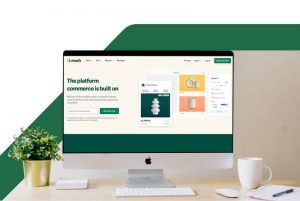
Shopify is a domain hosting platform, meaning you’ll operate from your website. The platform gives you free website design tools to start with, so learning how to sell on Shopify is very intuitive and user-friendly.
The Shopify app store has over 2,500 applications that add functionality and design features – tools that provide integrations and boost multichannel sales, and comes with more than 100 themes to give your store a unique look and feel. Shopify stands out with its utility and free themes.
WooCommerce


WooCommerce is an eCommerce plugin under the WordPress platform. It totals 28% of all global eCommerce, having gathered a very loyal following.
WordPress has shown its excellent flexibility as a content management system, and WooCommerce takes it a step further with its eCommerce features. The plugin is open-source, has a library of unique templates and themes, and setting up WooCommerce takes very little time.
Its integrated marketing tools help you grow your WooCommerce website without added extensions.
Wix eCommerce
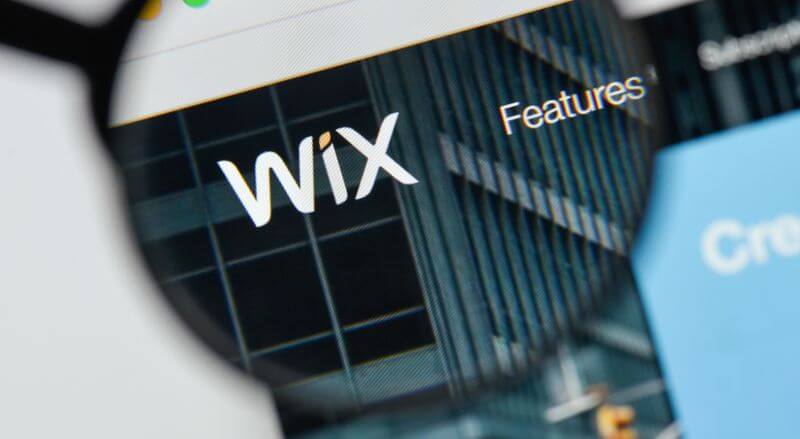

If you’re looking for an easy-to-use drag and drop editor, Wix is a great choice. Setting up Wix takes even less steps than other contenders.
Wix comes with WIX ADI – an AI-based assistant editor that creates a new site automatically based on your needs and preferences.
Wix is a heavy hitter among giants and has the potential for great website building. The optimized Wix SEO Wiz tool and its straightforward management features have made strides in putting more power into users’ hands.
Making a decision can be tricky since each platform offers its unique benefits. We’ll provide a few useful articles to help you get into detail and determine which option fits your strategy best.
List of helpful comparison articles:
Make It Happen Today!
Success of Multichannel Retailing


The online retail world is dominated by platforms like Shopify, Wix eCommerce, WooCommerce, Squarespace, and marketplaces like Amazon, Etsy, and eBay. The combined eCommerce industry shares 13.2% of all US retail sales, asking why not use more than one channel?
The answer is you should. Here are a few reasons why many merchants have already adopted multichannel selling in their business.
Increasing Your Reach
We’ve gone over cross-channel marketing in a similar article, and multichannel retailing tackles a similar problem. Depending on their shopping habits, users might miss out on your store if you don’t follow their customer journey.
No business starts with a fully branched out online store, but you should know what your options are to reach your audience successfully:
- Search engines – through keyword searches, users find your site based on your SEO metrics.
- Advertising – customers might stumble upon social media ads and affiliate links, boosted by a multichannel marketing strategy.
- Marketplaces – in online marketplaces, customers filter for specific keywords and find your products among those of other sellers.
- Comparison sites – customers can gauge price differences between eCommerce competitors on a non-affiliated comparison site.
- Content – blogs, articles, and videos made by your business can hook a customer into checking out your products without explicitly advertising them.
- Word of mouth – customers might find your store through the reviews and testimonials of satisfied and loyal customers.
Different channels mean more spread out user traffic. Still, with an active multichannel retail strategy, you have a better chance of creating a competitive advantage and optimizing your marketing efforts.
Adopting a Growing Trend
The multichannel selling practice has earned $491.21 billion in the US in 2022 and is expected to rise by 17% in 2023. Our merchants have seen a similar rise in GMV when opening additional stores.
Multichannel shoppers spend up to three times more than one-stop buyers, and the retail business has grown in response. With quicker and cheaper product shipping and more responsive marketplaces, users frequently switch and browse websites. The more your store appears in their journey, the better.
Diversifying Your Business
Online marketplaces and eCommerce platforms have distinct differences but they fulfill the same goal – to make sales. Shopify and eBay might be competitors, but they don’t limit cross-channel selling.
Combining the two allows you to have an advantage over the diverse ways customers approach online shopping. It helps you better define your audience and where you should put your focus for top multichannel sales.
Integrate Your Sales Channels With Printify
When it’s finally time to start multichannel retail for a new stage in your eCommerce strategy, you can cut your efforts in half with Printify.
Printify allows you to integrate print on demand products through any partnered sales channel and simultaneously add them to multiple websites. If you’re already selling, you can transfer your products from other PODs or your in-house production straight to a central management system.
Ready to take up the role of Printify’s top integrations? Start here for our list of partners:
You can also integrate your products through other sales channels with the automated Printify API.
Regardless of your choice, integrating any sales channel follows the same framework. Get started with Printify to begin your multichannel retail strategy with ease.
Start Your Multichannel Retail Journey
If you’ve been struggling to pick one store niche over the other, consider launching both. Having multiple sales channels – an eCommerce store and online marketplace – is a smart channel diversification strategy, equaling more revenue.
Target users at different stages of their customer journey – funnel your products through different channels to increase your advantage and visibility.
Be where your customers are – people have their preferred shopping destination, so why not be one step ahead and greet them there?
Make It Happen Today!
The post Leverage the Power of Multichannel Retailing appeared first on Printify.
